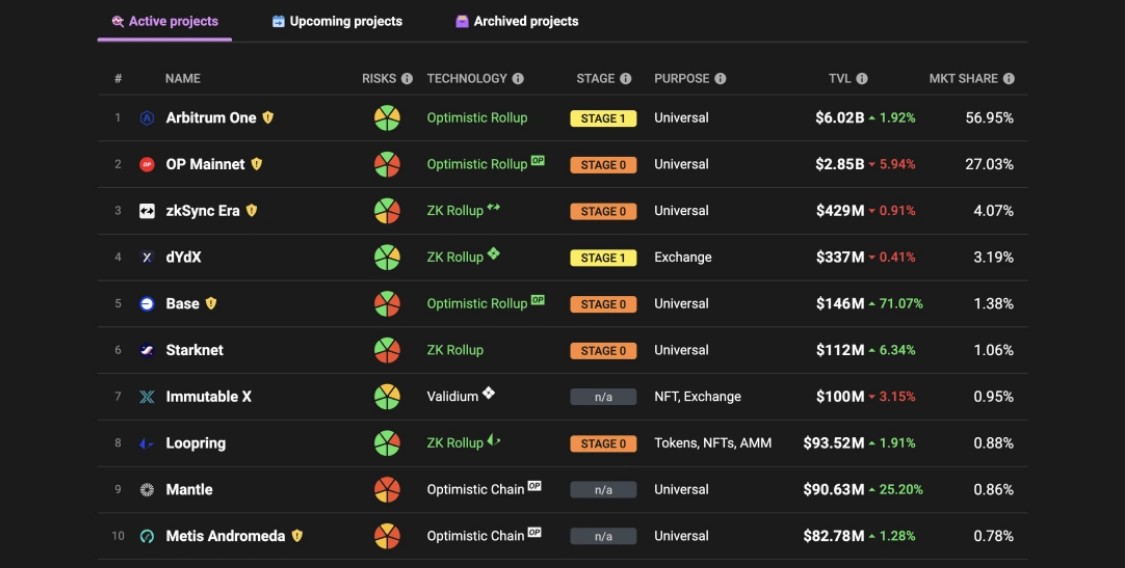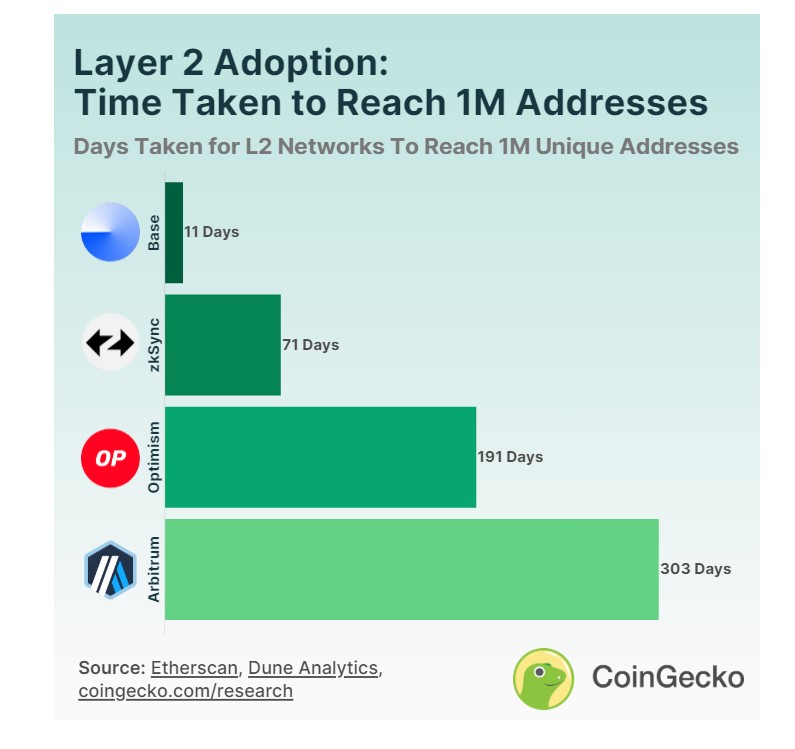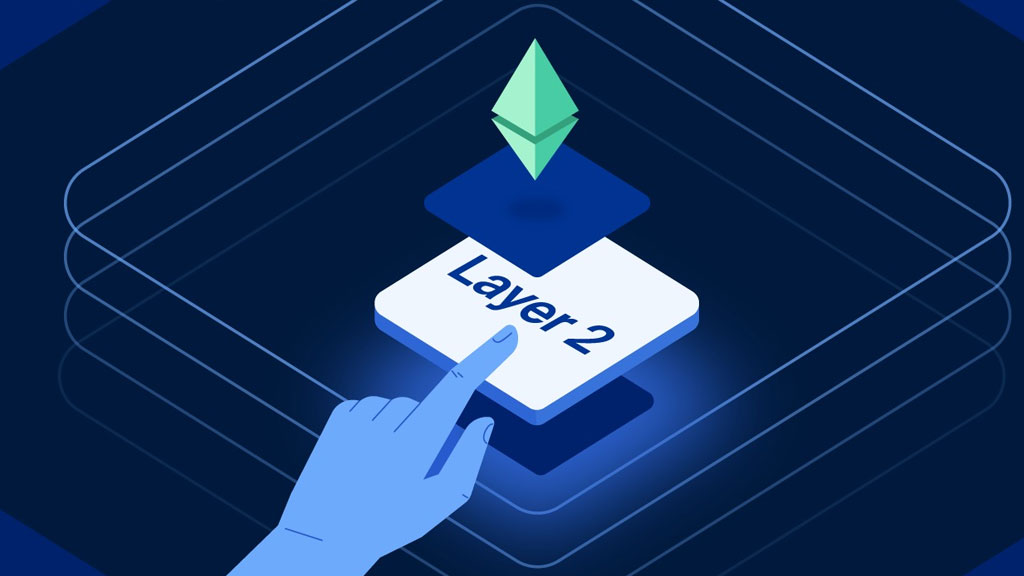Currently, Layer 2 is getting noticed by the community and top Venture Capitals have poured hundreds of millions of dollars into Layer 2 projects. Consequently, what makes Layer2 so attractive? Let’s findout together!
Advantages and disadvantages of Layer 2 Blockchains
Layer 2 solutions offer compelling advantages in terms of scalability and improved user experience. However, they also come with certain drawbacks that need to be considered.
Advantages
Scalability: Layer 2 solutions enable blockchain networks to process a significantly higher number of transactions per second, addressing the scalability limitations of the underlying blockchain.
Faster Transactions: Offloading transactions to Layer 2s allows for faster confirmation times, meaning your trades are executed quickly.
Lower Fees: Layer 2s reduce transaction fees by relieving congestion on the mainnet and eliminating gas wars.
Improved User Experience: By enhancing scalability and reducing fees, Layer 2 solutions make decentralized applications more accessible and user-friend.
Interoperability: Layer 2 solutions often provide interoperability between different Layer 1 blockchain, allowing seamless transfers and interactions across multiple ecosystems.
Disadvantages
Security: While Layer 2 solutions are designed to maintain the security of the main chain, they are not immune to attacks. The security of these networks depends largely on their specific design and implementation.
Complexity: Implementing and maintaining Layer 2 solutions can be complex, leading to new challenges and potential vulnerabilities like we often see with cross-chain bridges. Therefore, Layer2 solutions have required additional development and testing efforts.
Limited adoption: Layer 2 solutions are are still in the early stages of adoption, and not all applications or users are familiar with their functionality.
Top Layer 2 solutions in Crypto

On Ethereum
Arbitrum is an Optimistic Rollup Layer 2 on Ethereum that is leading the L2 race in terms of TVL. Arbitrum took 303 days to hit 1 million unique addresses. Arbitrum’s mainnet was launched on 31 August 2021.
- Unique addresses: 4 million
- Raised from top VCs: $143.7 million
- TVL: $6.1 billion (holds a dominant market share of 56.95%)
- TVB: 2.877.479 ETH
Optimism is an EVM-compatible chain using Optimistic Rollup. Optimism took 191 days to hit 1 million unique addresses. Optimism’s mainnet was launched on 16 January 2022.
- Unique addresses: 8 million
- Raised from top VCs: $178.5 million
- TVL: $2.85 billion in TVL (accounts for 27.01% of the market)
- TVB (Tổng khối lượng ETH đã được bridge): 602.592 ETH
StarkNet are being developed by Starkware, a company
- Unique addresses: 1 million
- Raised from top VCs: $282.5 million
- TVL: $112 million (accounts for 1.06% of the market)
- TVB: 500.533 ETH
zkSync, developed by Matter Labs, is a ZK-Rollup scaling solution for Ethereum. Its first version, zkSync 1.0, went mainnet. Its latest version with the EVM-compatible feature, zkSync 2.0, is on the way to mainnet. It took a mere 71 days for zkSync to hit the same milestone. zkSync’s Era mainnet was officially launched on March 25, 2023, and there were over 1 million addresses on it by June 3, 2023.
- Unique addresses: 1,8 million
- Raised from top VCs: $458 million
- TVL: $429 million (a market share of 4.07%)
- TVB: 1.673.623 ETH
Base is the fastest growing layer 2, having gained 1 million unique addresses in 11 days from its official mainnet launch. Base network was launched on August 9, 2023, but had already gained 532k addresses in the preceding days, with users bridging to the chain via unofficial bridges. Base mainnet was officially launched on August 9 2023, though users were able to bridge a week before the launch.
- Unique addresses: 1 million
- TVL: $145 million (holds 1,38% of the market)
- TVB: 181.557 ETH

On other blockchains
Lightning Network is a payment Layer 2 designed to scale Bitcoin and Litecoin. As the description suggests, it enables payments on Bitcoin to process faster. In April 2022, Lightning Labs, the developer of Lightning Network, concluded a $70M investment to bring stablecoin to the Bitcoin network.
Aurora is a bridge and a scaling solution for Near Protocol. It is now building an ecosystem containing many legos such as DeFi and Bridges. In May 2022, it launched a $90M developer fund to boost the development of DeFi.
Milkomeda is an EVM-compatible Rollup Layer 2 on Cardano. Akin to Aurora on Near, it has a whole ecosystem of many DeFi protocols and bridges. It used to achieve the $100M TVL in just two days after the mainnet release.
Future of Layer 2
The future of Layer 2 is near since there are numerous scaling solutions running mainnet, such as Arbitrum, Optimism, Methis Andromeda, etc.
Ethereum is going to turn into a new leaf with Ethereum 2.0. Despite many concerns about the upcoming upgrade, Layer 2s are fueling the Ethereum network with numerous improvements. From our perspective, Layer 2 and Ethereum 2.0 will co-exist as lego parts that scale Ethereum in the long run.
The Dapp ecosystems are being built on top of Layer 2s. As mentioned earlier, each Layer 2 project has its ecosystem full of Dapps. We believe that in the future, more innovations will land on Layer 2s, where they are favored to thrive.
Token launches of Layer 2 chains are coming. After the $OP token airdrop by Optimism or $ARB token airdrop by Arbitrum to the community, many chains started to plan for token releases. A sustainable tokenomics is the key driver that sails its entire ecosystem to thrive. Here is the playbook for airdrop hunters.
FAQ
Layer 2 vs. Ethereum 2.0?
Ethereum 2.0 will change the Ethereum network completely. But the process can take years to complete. The upcoming upgrade is Ethereum Merge which is planned to take place in Q3 or Q4 2022. On the flip side, many Layer 2s are coming to scale in the crypto space. Ethereum 2.0 and Layer 2 share the same goal of tackling blockchain trilemma.
How to bridge assets to Layer 2?
Bridging crypto assets from L1 to L2 require cross-chain bridges. They allow users to move their crypto assets for usage on other Layer 2s. The lego part of the bridges is completed for some L2s, while others are not.
Do other blockchains need Layer 2?
There is always at least one L2 project building for every blockchain. However, the actual demand for more scalability might mainly exist on Proof-of-Work blockchains or non-EVM chains. As investors, the solutions to problems are where we find opportunities.
Is Layer 2 blockchains more scalable than Layer 1?
Yes, layer 2 offer improved scalability by implementing off-chain processing and other optimizations.
Conclusion
The Layer 2 race is one of the most competitive battles in the entire crypto space. Currently, Layer 2 solutions are reshaping Ethereum’s landscape, offering enhanced scalability and reduced transaction fees.
As the ecosystem evolves, it’s evident that Layer 2 platforms like Arbitrum, Optimism and zkSync are gaining significant traction, with billions in total value locked. However, as with any emerging technology, there are challenges to navigate, such as potential centralization concerns around sequencers. Users and developers must remain vigilant, understanding the nuances of each Layer 2 solution to make informed decisions.
The future of Ethereum looks promising, with Layer 2 solutions at the forefront of its evolution.






